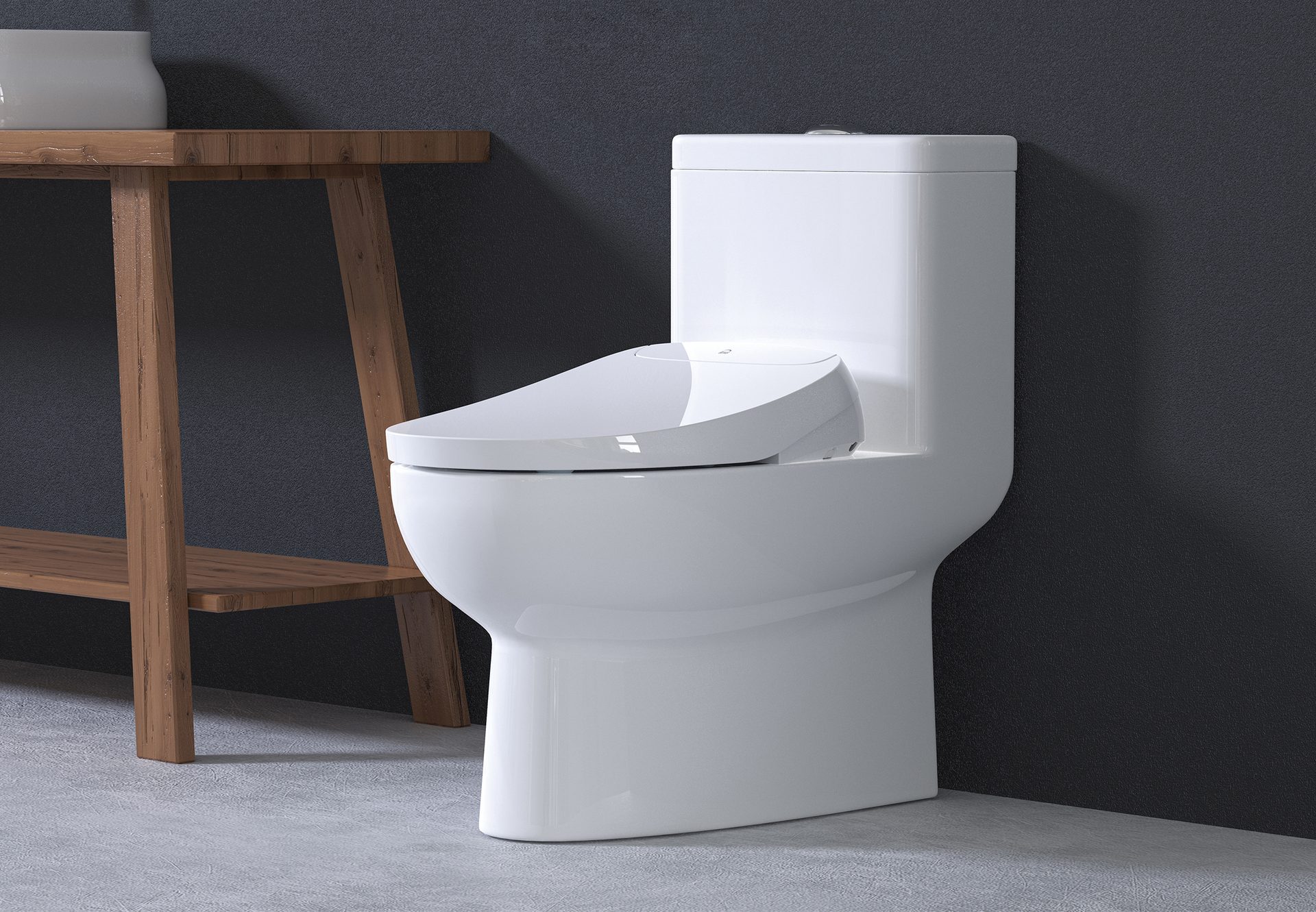RESIDENTIAL
Bidet adoption gaining traction
Bidets are a smart choice for hygiene, health and aging-in-place appeal of modern bathrooms.
By: T.J. Stiefvater
The bidet market has been growing at a year over year rate of 14-15%.
Long lines at the store. Shelves bare of toilet paper. There’s no doubt that the pandemic not only drove consumers to seek alternatives to toilet paper, but also unrolled a desire to experience an alternative: That’s where bidets come in.
The pandemic has driven bidet sales in the United States to new levels, with the market steadily growing year over year at a rate of 14 to 15 percent. According to Stephanie Ewing, director, Wholesale North America for Bemis Manufacturing Co., specifying bidets is “becoming a market need driven by market demand. The pandemic started the trend of increased consumer awareness that a solution other than toilet paper was available, as well as an increased focus on hygiene.”
Because of this, consumers are now more willing and open to adopt bidet technology into their homes, making it easier than ever to spec bidets into new builds, remodels, and hospitality and facility settings.
Following are five trends that are driving the adoption of bidets.
The hygiene trend
A primary development boosted by the pandemic is the heightened awareness of health and hygiene practices. With their improved level of hygiene and overall wellness benefits, bidets fit the trend.
Studies have found that using a bidet properly can decrease the amount of bacteria found in urine, along with limiting the spread of germs. And because there is limited wiping, hands stay cleaner. Many bidet seats and smart bidet toilets feature self-cleaning nozzles, protecting the nozzle from bacteria buildup.
The green trend
Manufacturing one roll of toilet paper can consume 37 gallons of water. That doesn’t take into account the chlorine used to whiten toilet paper, the manufacturing process, and the plastic that toilet paper is packaged in.
Using bidet drastically reduces, if not eliminates, the use of toilet paper, helping preserve forests and save water. Approximately 27,000 trees are harvested each day to make toilet paper, and Business Insider magazine estimates that investing in a bidet can lower toilet paper spending by 75%.
There is no toilet paper to flush when a bidet is used, some bidets only use one-eighth of a gallon of water per flush , saving even more water.

About 53% of millennials are planning to buy homes in 2022 and adding a smart bidet toilet is a “smart” way to appeal to this demographic.
The smart design trend
A December 2020 study surveyed more than 2000 Americans and found that smart toilets are the most-wanted devices for bathroom renovation. And with over 52.2 million smart homes currently in the United States, the timing is perfect to incorporate a bidet seat or smart bidet toilet into a bathroom upgrade. The Policy Advice website notes that approximately 81% of real estate purchasers would be more inclined to buy a house if it came with smart products.
About 53% of millennials are planning to buy homes in 2022 and adding a smart bidet toilet is a “smart” way to appeal to this demographic. These toilets are an easy upgrade for an existing home and an ideal way to create a smart, spa-like atmosphere for a new build.
The spa trend
The spa trend has been reinforced in response to seeking control over your health and creating a sense of wellness within the home. This can be as elaborate as building an in-home sauna to easier upgrades like replacing shower heads and faucets with smart, customizable options.
A bidet seat or smart toilet is a natural complement to the growing spa trend. It answers the need for improved wellness and smart technology, offering customizable cleaning that creates a spa-like experience.
The aging-in-place trend
Estimates state that by 2050, the population of Americans aged 65+ will more than double, from 43.1 million to 83.7 million. As they age, this group remains dedicated to aging in place for as long as they possibly can. And because bidet acceptance is growing so rapidly, many industry experts anticipate that older Americans will join the trend as they understand the many benefits bidets offer.
Bathroom safety is an important component of aging in place, and bidets answer this need by providing personal hygiene that can be accomplished independently. Because many bidets operate with a convenient dial or remote, older users do not have to bend or twist to wipe, making the toileting experience easier.
Bidets provide the following benefits to older adults and those with mobility concerns:
• Reducing urinary tract infections through improved hygiene;
• Washing with water vs. toilet paper protects delicate skin;
• No more twisting to wipe, which conserves strength; and
• Many bidets operate with a simple dial or remote, making it easier for both caregivers and users.

Studies have found that using a bidet properly can decrease the amount of bacteria found in urine, along with limiting the spread of germs.
Older adults become more willing to use the bathroom, thanks to a bidet’s ease of operation
The inclusion of bidets into aging-in-place design does not need to be limited to residences. Caregivers and patients at hospitals, care facilities, assisted living homes, and hospices can all enjoy the many health benefits associated with using bidets.
As bidet adoption rates are continuing to rise, Ewing says, specifying bidets delivers value to trade professionals. “Bidets can increase the value of the design, support better hygiene and wellness initiatives, match market demand, and improve the quality of customers’ lives as well as the overall bathroom experience.”
About the Author
T.J. Stiefvater, director of marketing, Bemis Manufacturing Company
Images courtesy of Bemis. Lead video courtesy of Vladdeep / Creatas Video+ / Getty Images Plus




